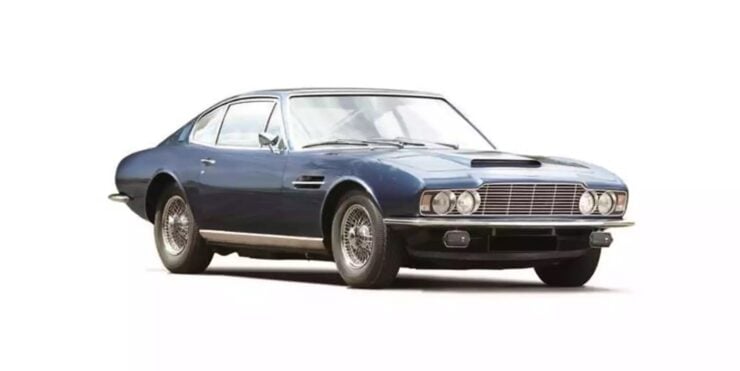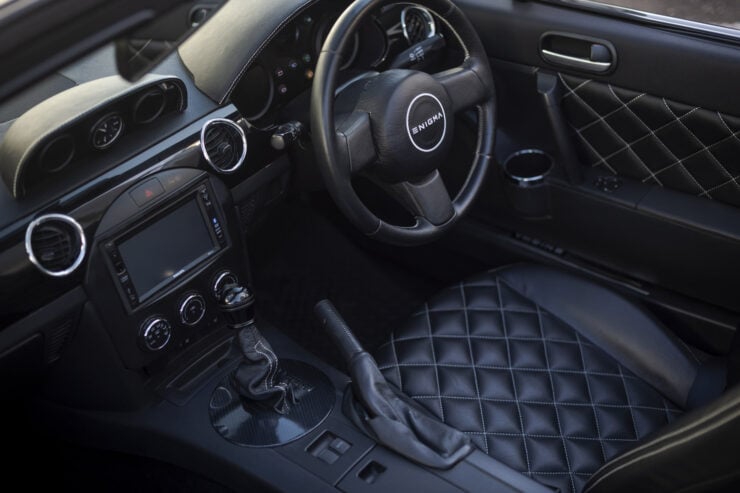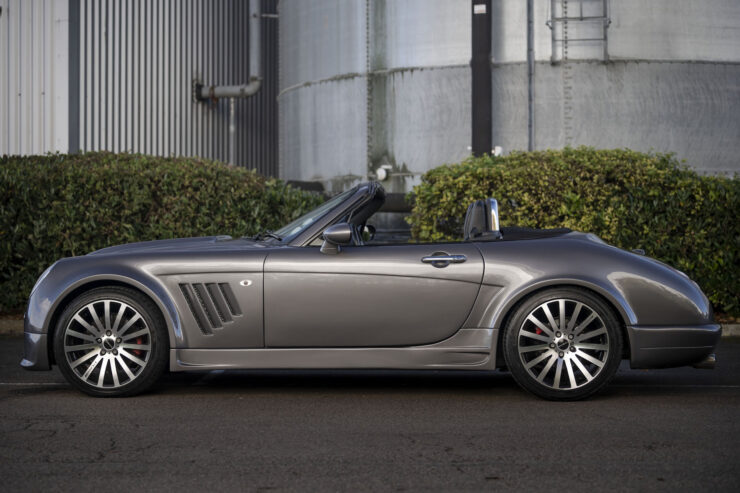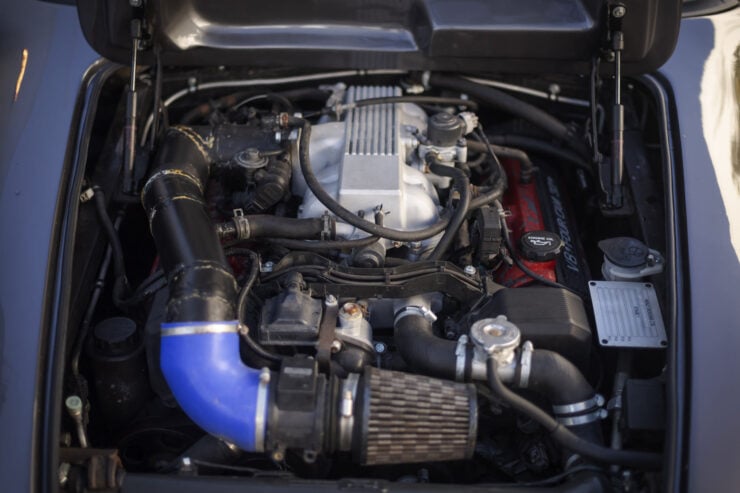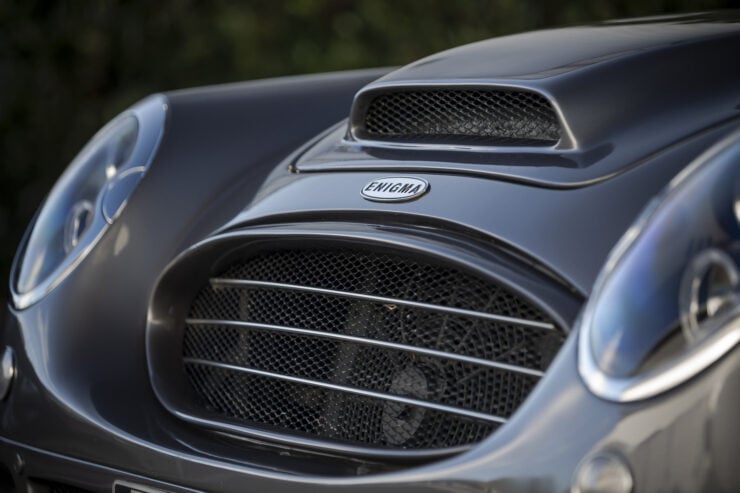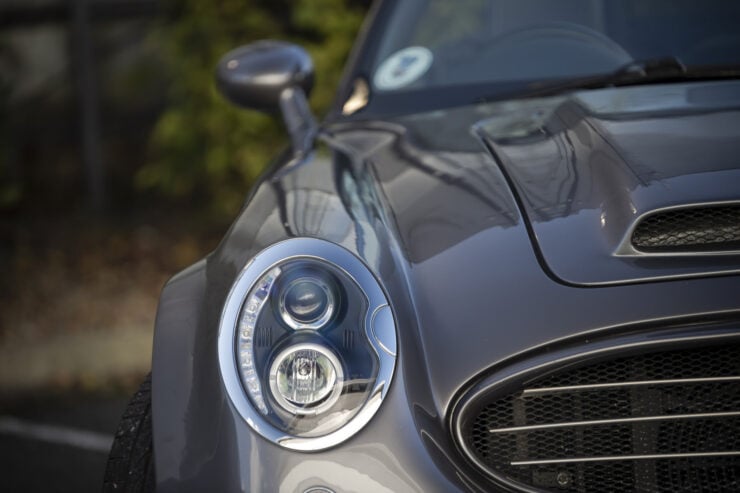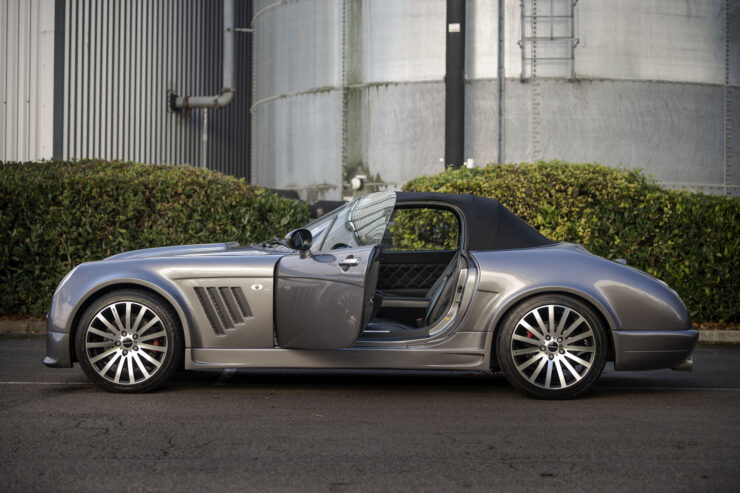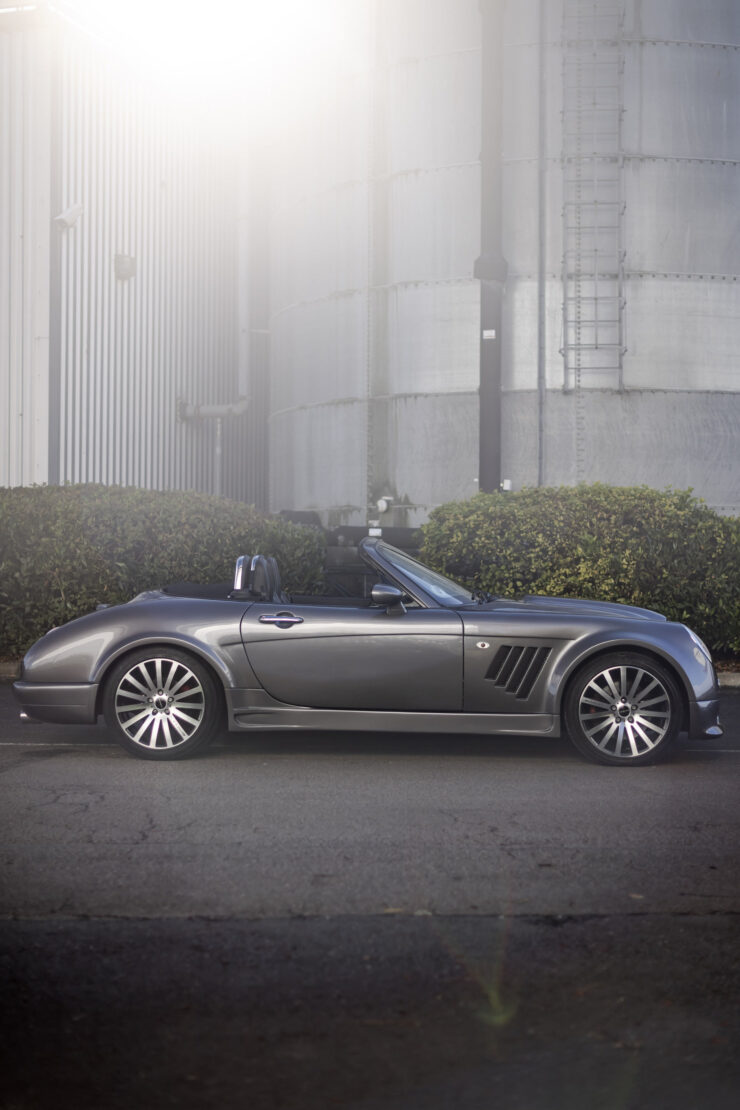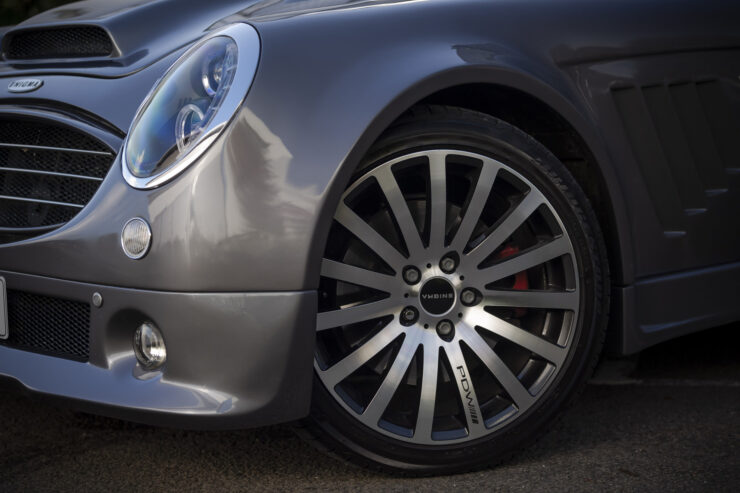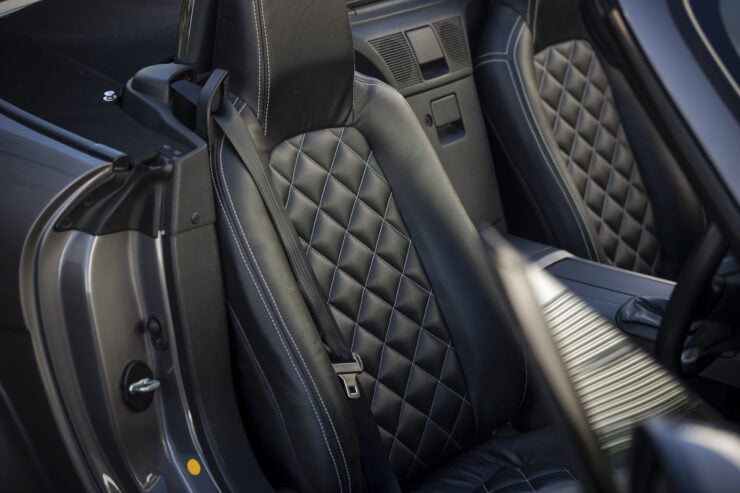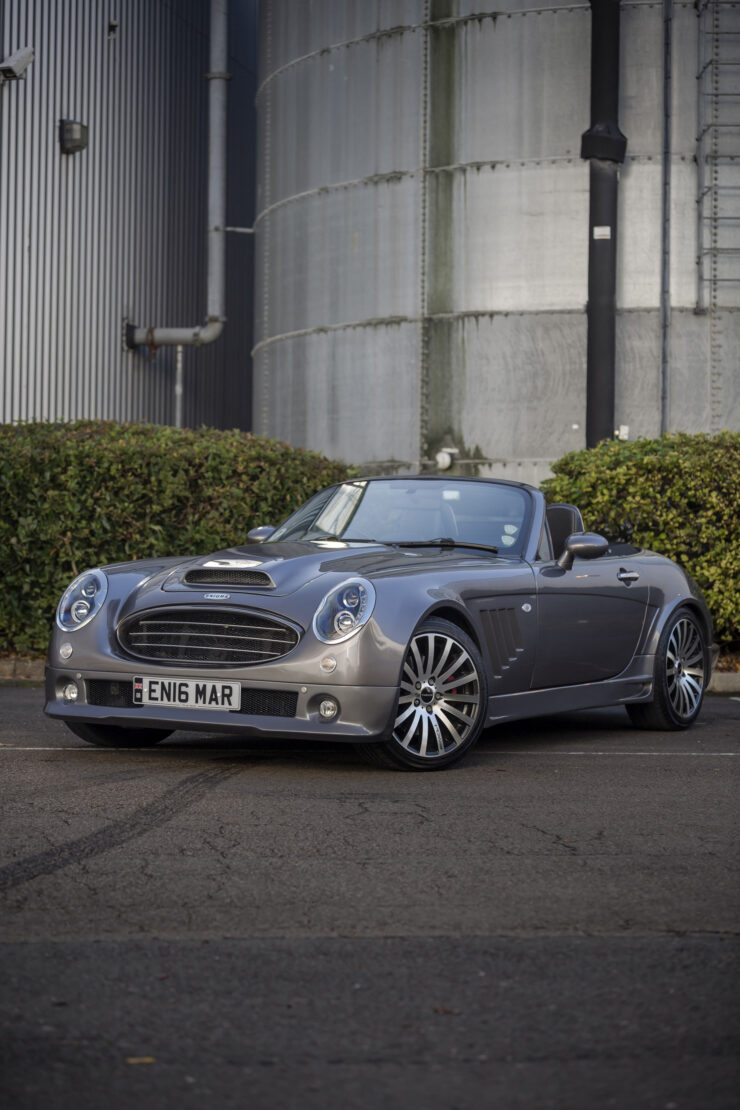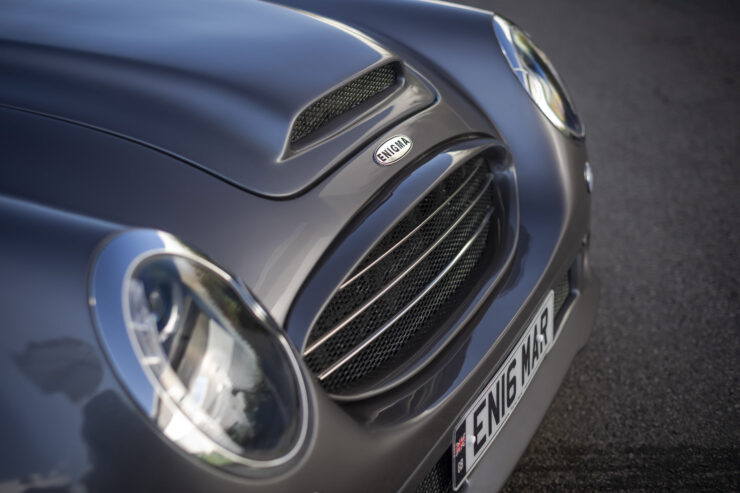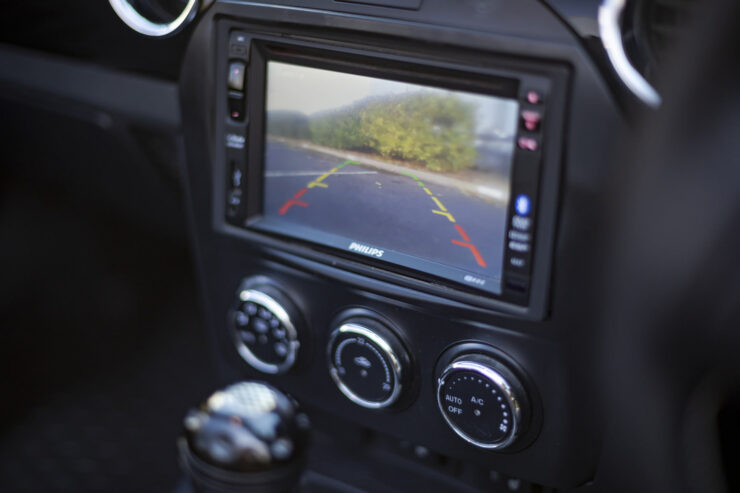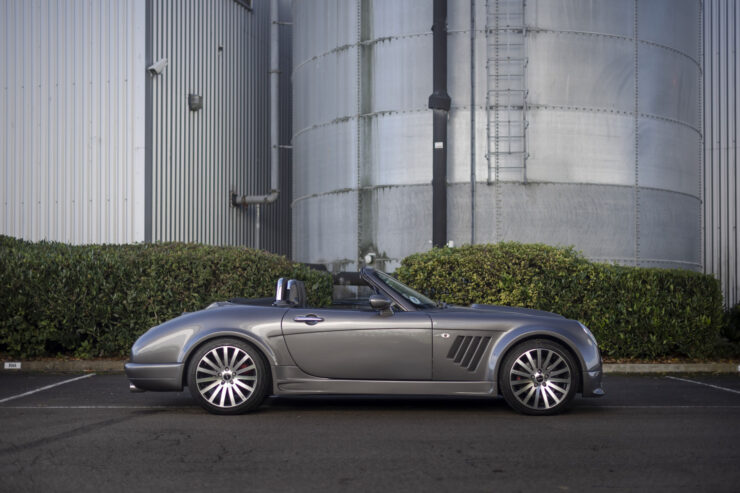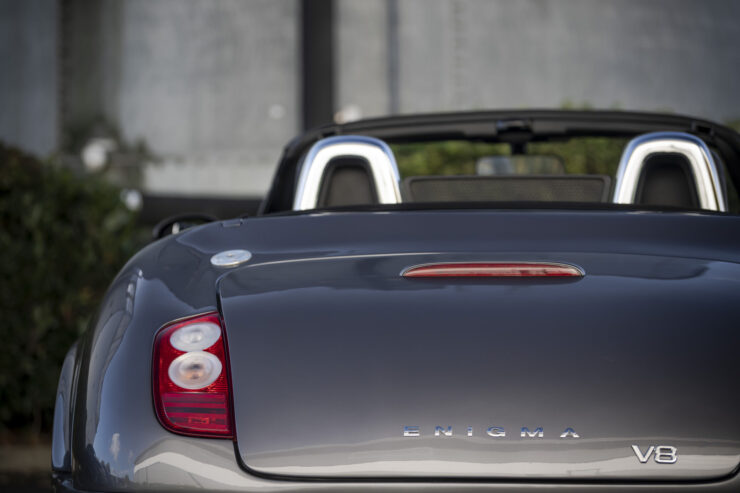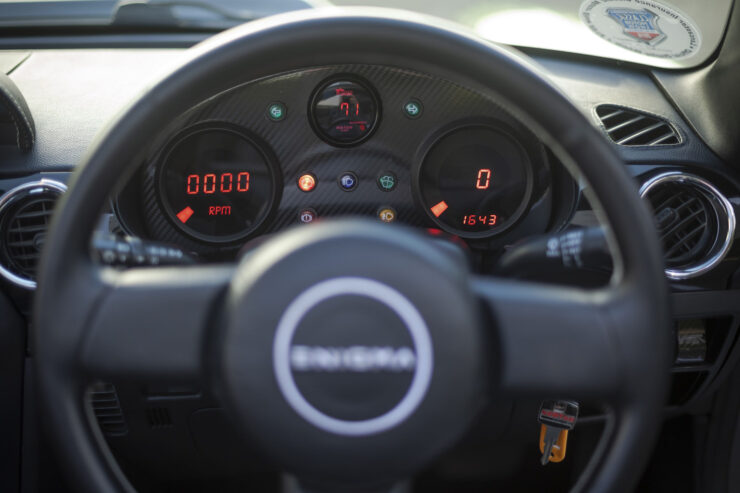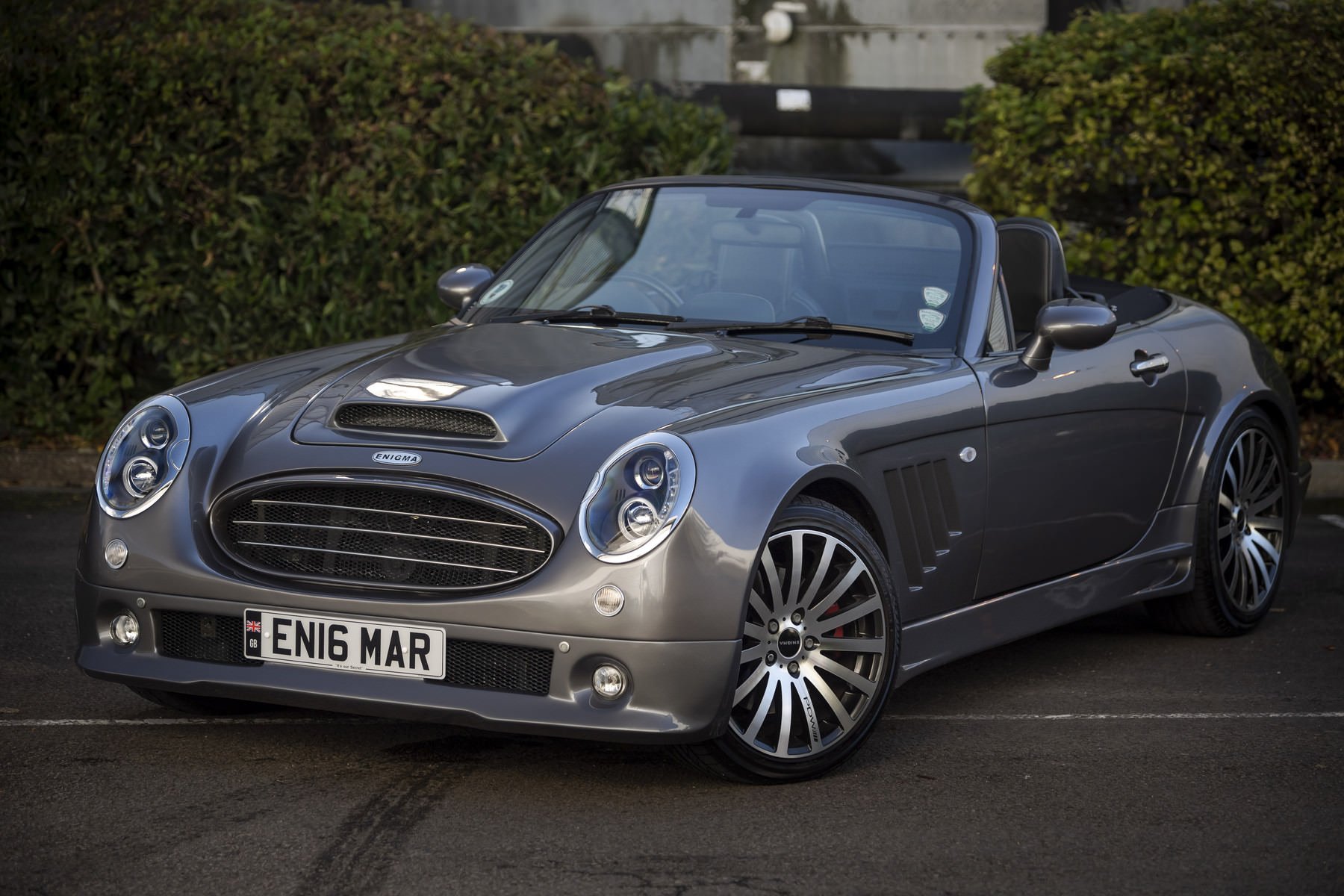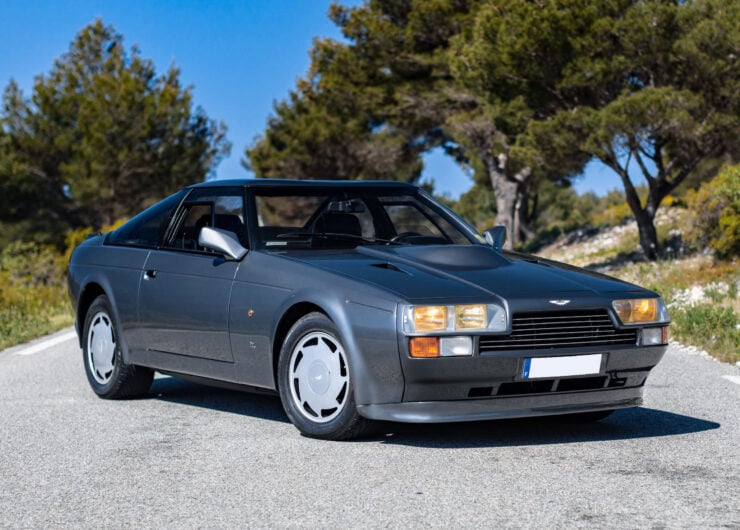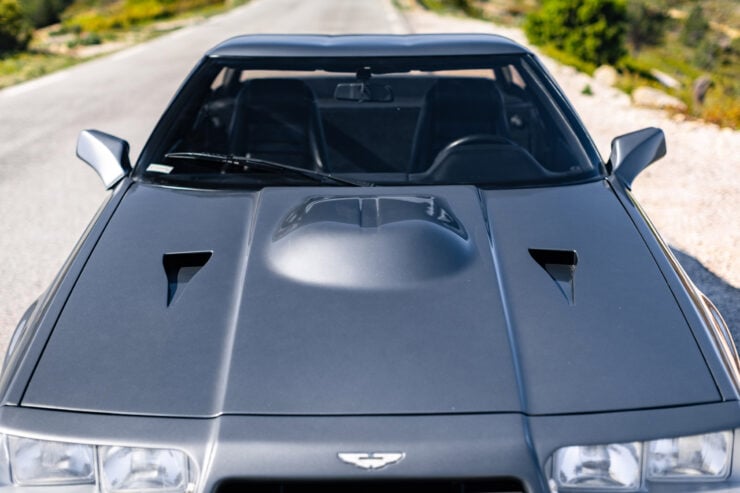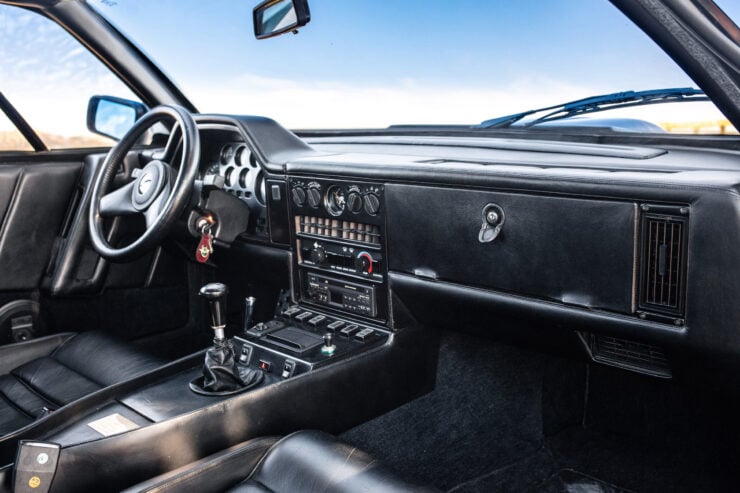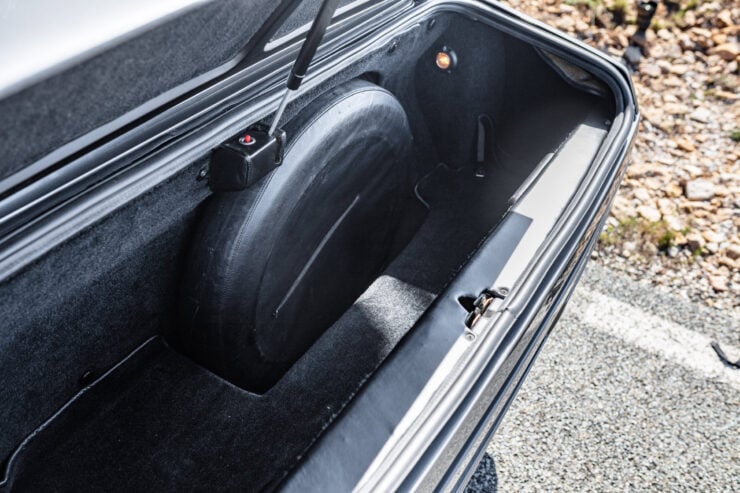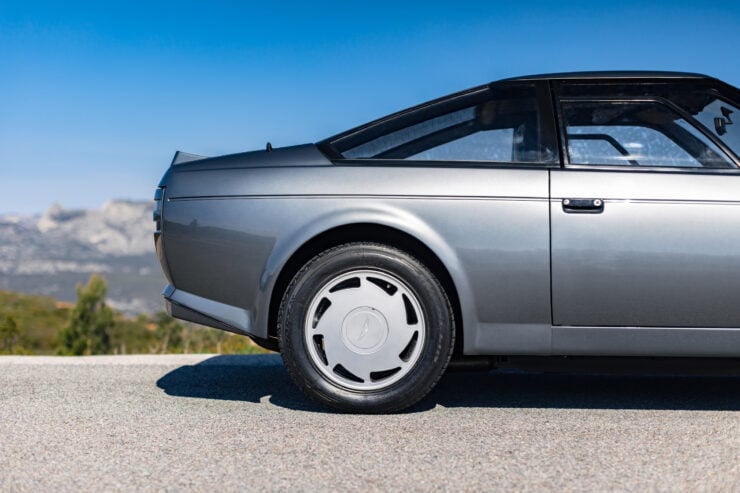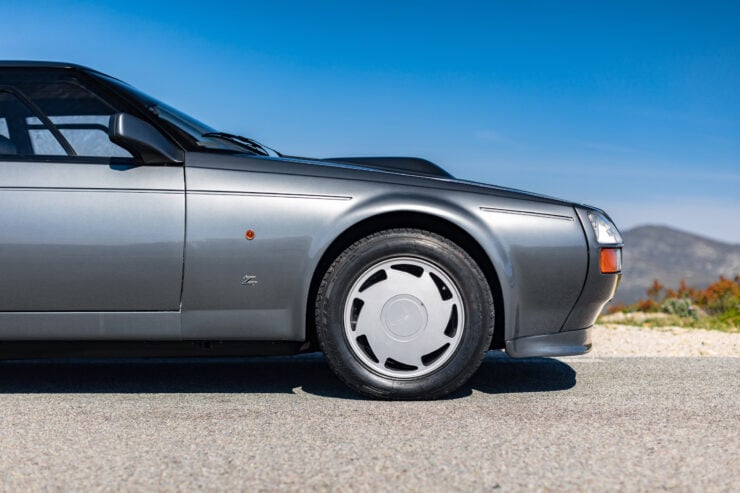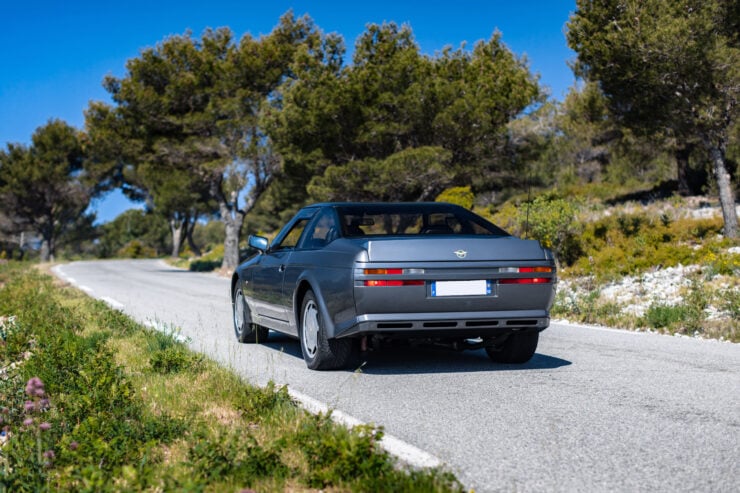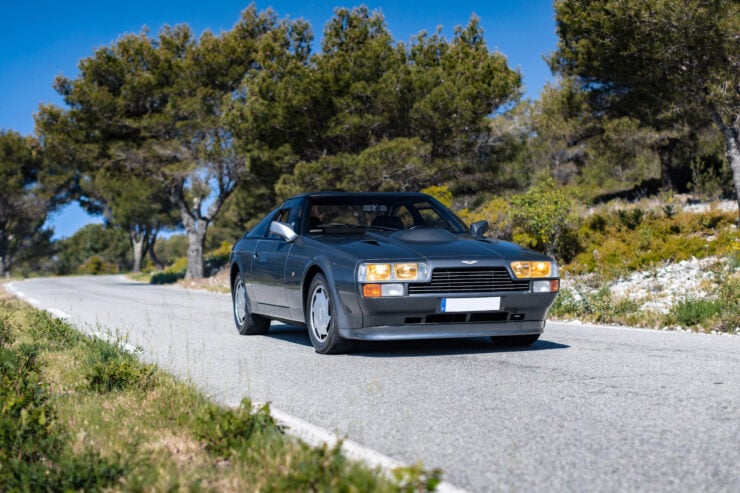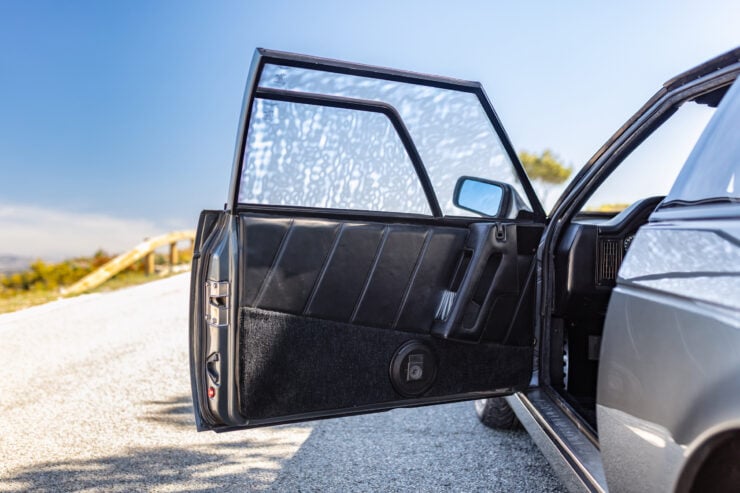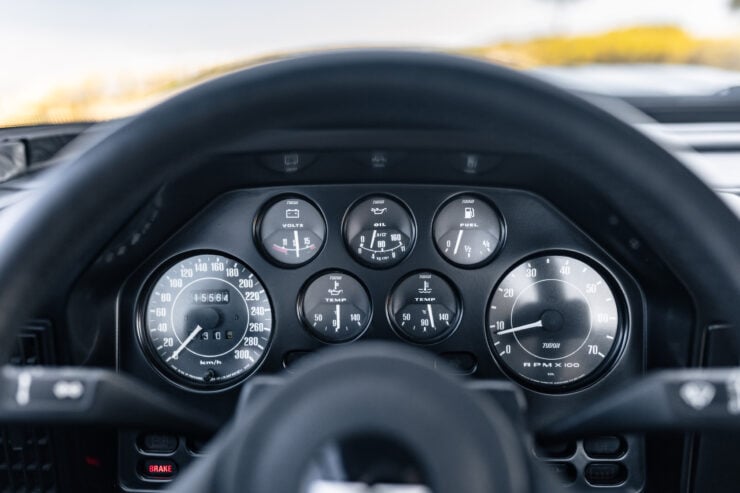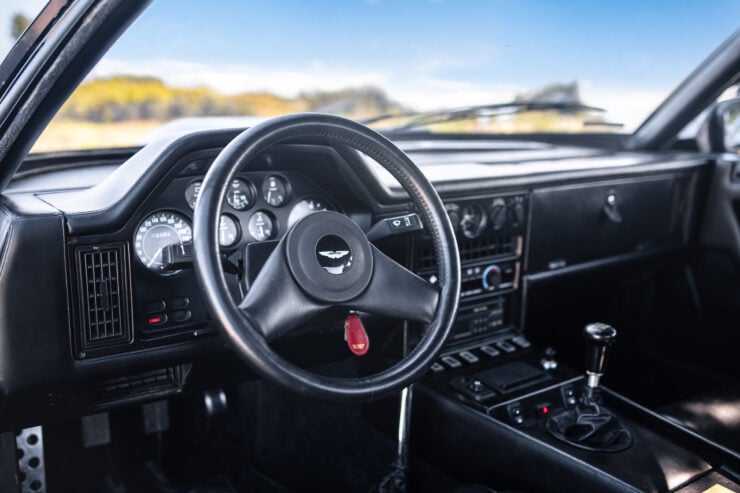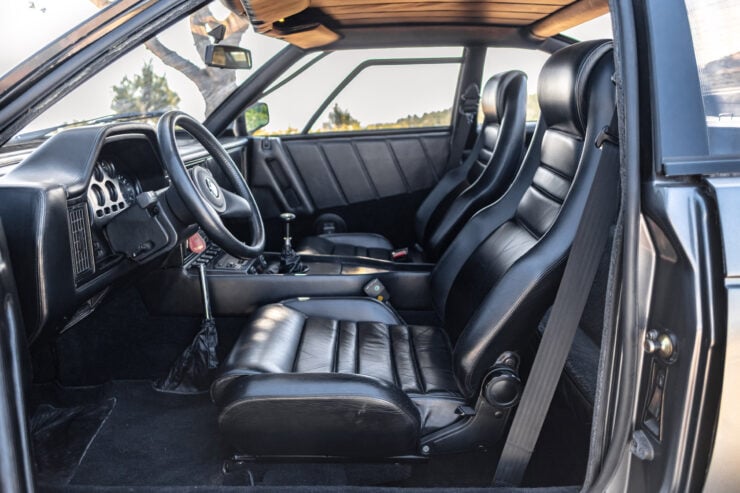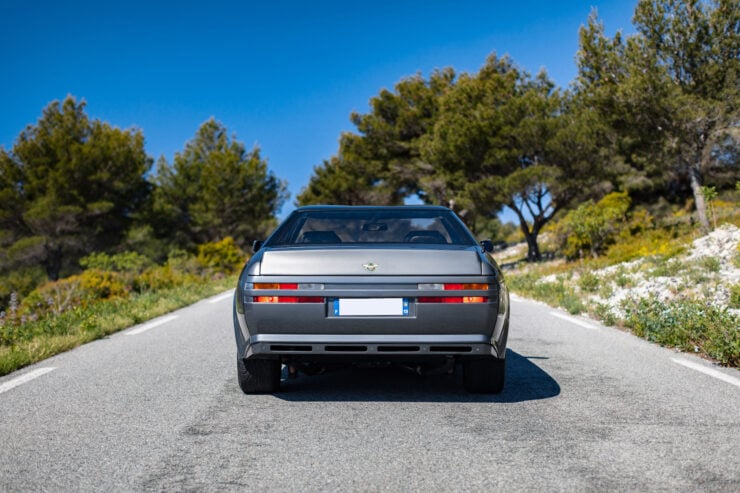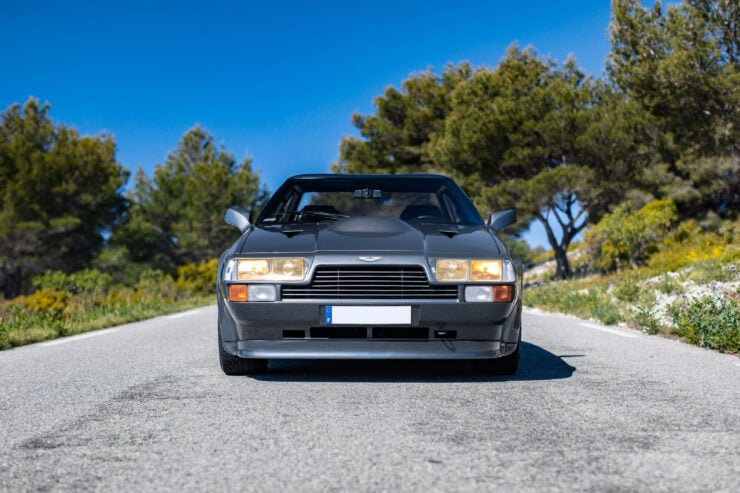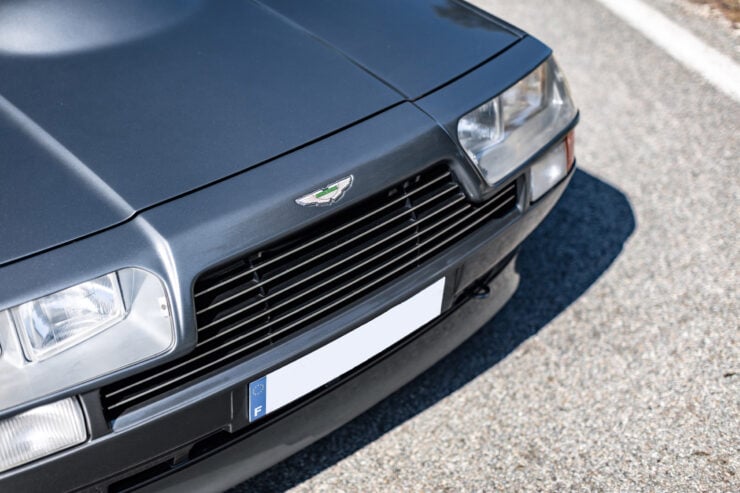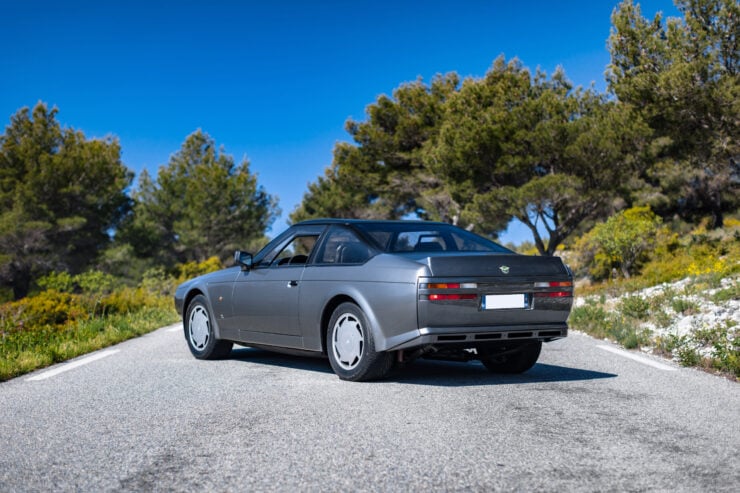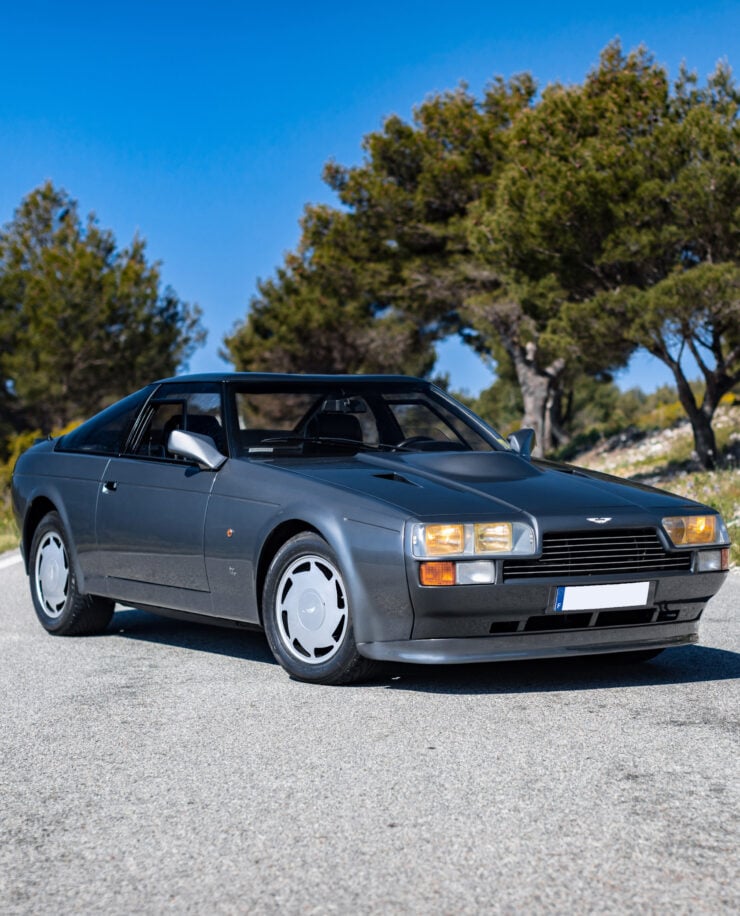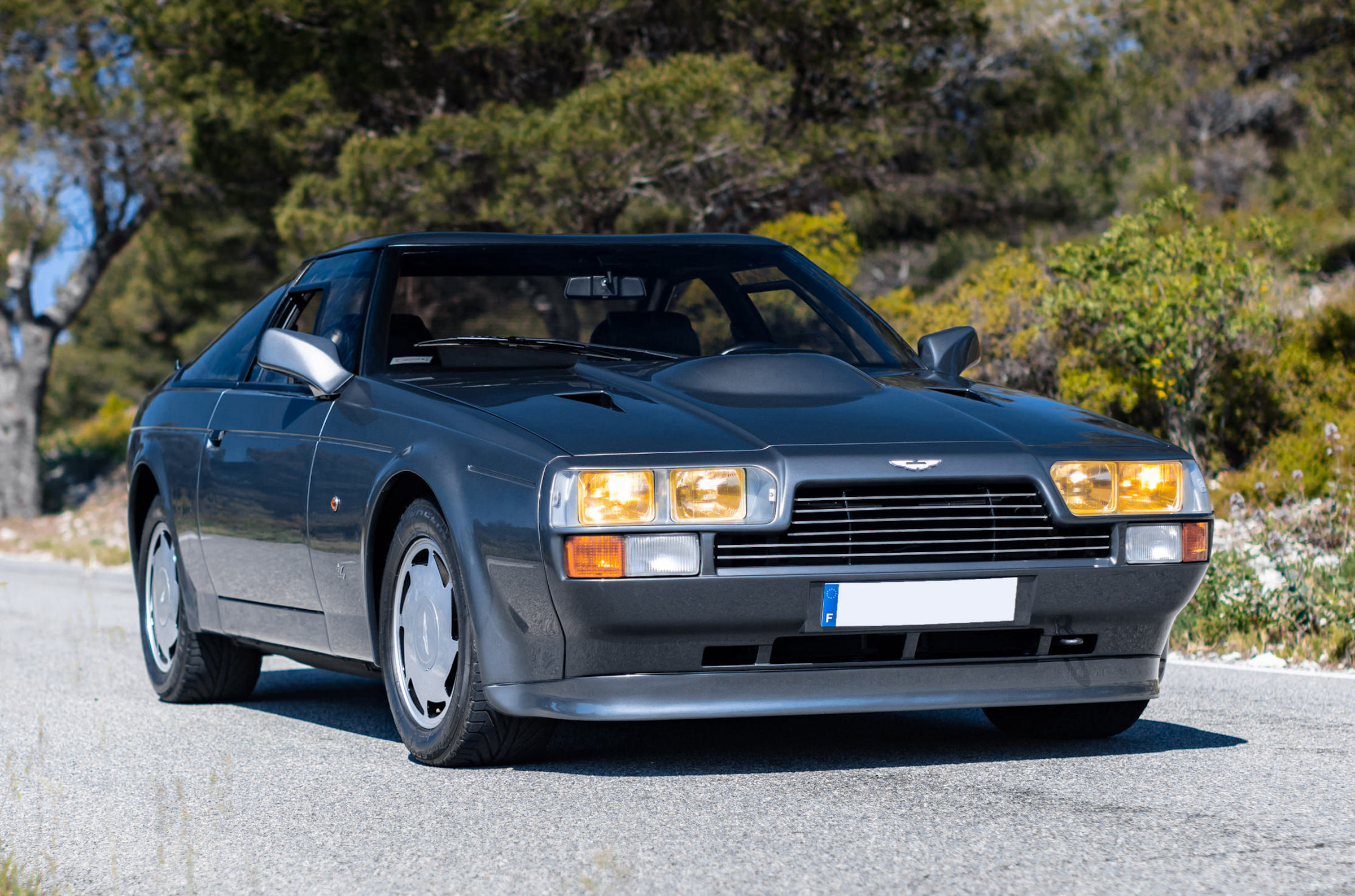This is a 1969 Aston Martin DBS Series 1, or perhaps more accurately, it’s the bodyshell of a 1969 Aston Martin DBS Series 1. It’s currently being offered for sale as a stalled restoration project, and it appears to be a good solid foundation for someone looking to build themselves an original Aston DBS.
After an interesting life in Britain and then in the south of France, this DBS was stripped in the 1980s as its restoration commenced. The original straight-six engine was sold as the owner planned to do a V8 conversion. The restoration never progressed, and the car has remained in the condition you see it in here for the better part of 40 years.
Fast Facts – The Aston Martin DBS
- The Aston Martin DBS was officially released in 1967 as the successor to the Aston Martin DB6.
- The styling of the new car, penned by William Towns, was a marked divergence from classic Aston styling, and it would define the design language of the British marque for the following 20+ years.
- The car is a coupe with four full-sized seats, ample trunk space, fastback styling, and it was originally offered with the classic Aston Martin straight-six that had originally been designed by Tadek Marek in the 1950s.
- The car you see here is now offered as little more than a body shell with its doors and a few other parts. It will require a full restoration and the new owner will need to source a suitable drivetrain.
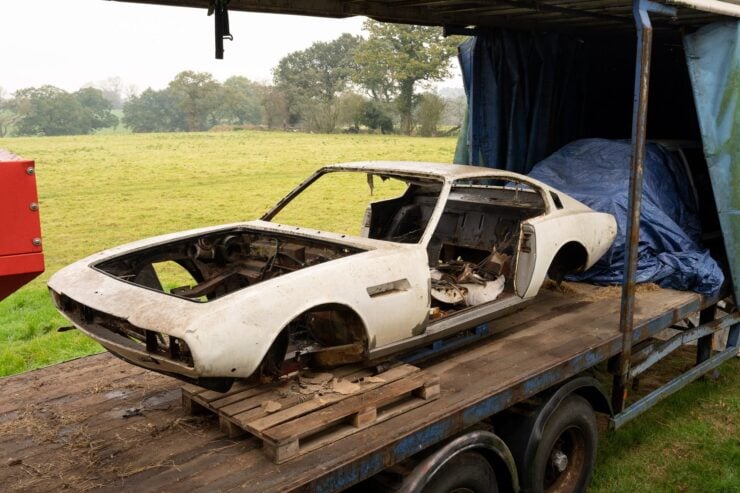
This DBS shell has been in storage for the better part of 40 years, it’s now being offered for sale to a new owner who can complete the rebuild and get it back on the road.
The Aston Martin DBS
When Aston Martin announced the all-new DBS V12 in 2007 it was clear that the car was a modern homage to the first DBS, the car that changed Aston Martin’s design language back in 1967 from the curves of the DB6 to the clean lines of William Towns new vision for the company.
The DB6 didn’t have space under the hood to accommodate the new V8 that Aston had under development by famed engineer Tadek Marek and his team. As a result it was decided that a new car was needed to guide the company out of the 1960s and into the 1970s.
Touring of Milan had originally been contracted to design and develop the new car however they went out of business after two prototypes had been made, and Aston hired Towns to take over design duties.
The car he developed was still clearly an Aston, however it featured far more modern styling, styling that was controversial with Aston’s conservative clientele at the time. Ultimately the company would sell almost a thousand of them between 1967 and 1972, it would be succeeded by the Aston Martin V8 released in 1969 and sold until 1989.
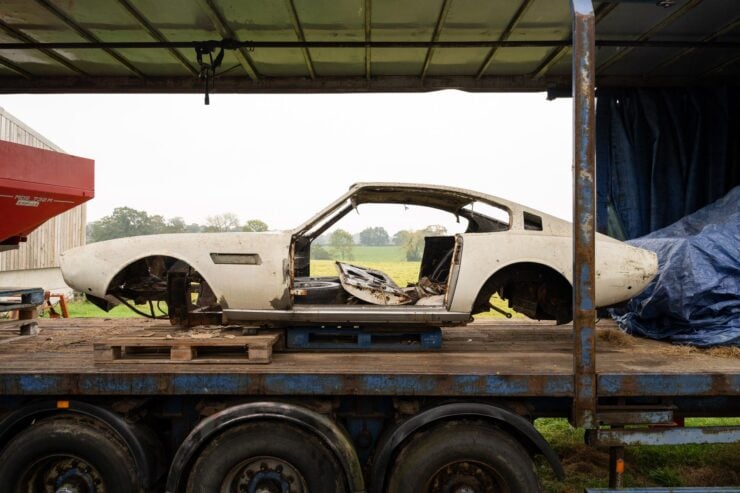
The sharp, clean lines of the DBS would help establish Aston’s core design language for the coming two decades.
A Stalled Restoration
Anyone who has ever embarked on a rebuild or restoration project will know that there are times when you get a lot of work done, and times when no work at all is completed due to other commitments. Occasionally these periods of little or no work extend onwards for months or years as life gets in the way.
The Aston Martin DBS you see here is one of those projects that never made it past the teardown phase. The drivetrain has been removed and sold on as the owner intended to perform a V8 conversion on the car, likely with an Aston Martin V8 for the sake of originality.
Unfortunately the restoration has now been stalled for the better part of 40 years, it’s being offered for sale in the hopes that a new owner will pick up the mantle and complete the job, bringing the car back to the road for the first time since the 1980s.
If you’d like to read more about this Aston or register to bid you can click here to visit the listing on Collecting Cars, it’s currently being auctioned live.
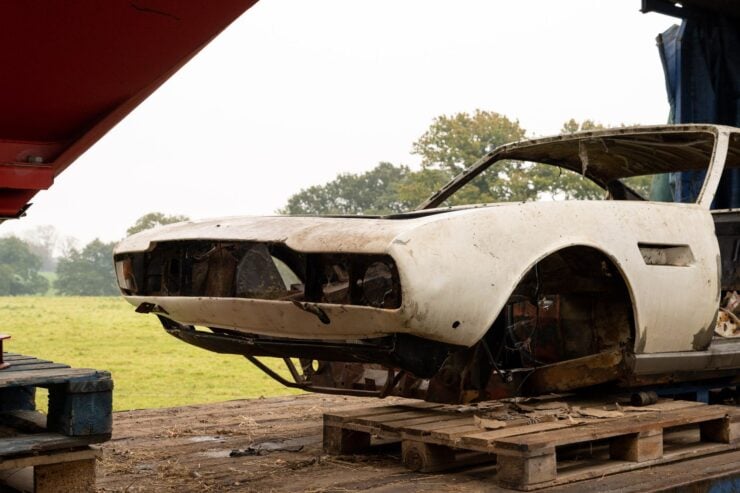

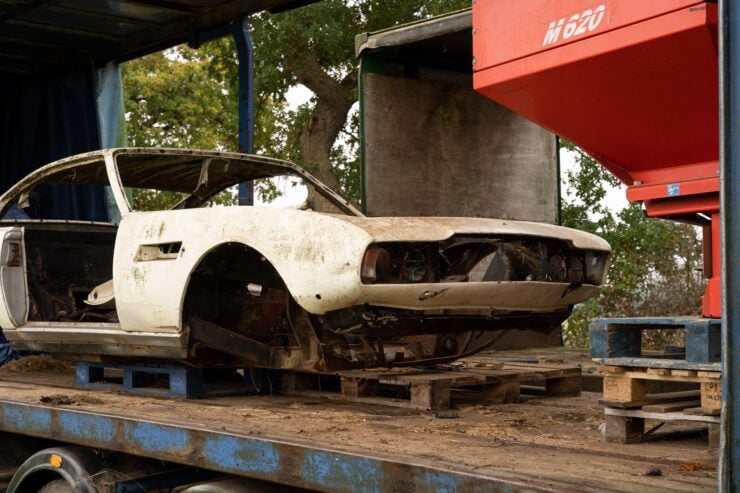
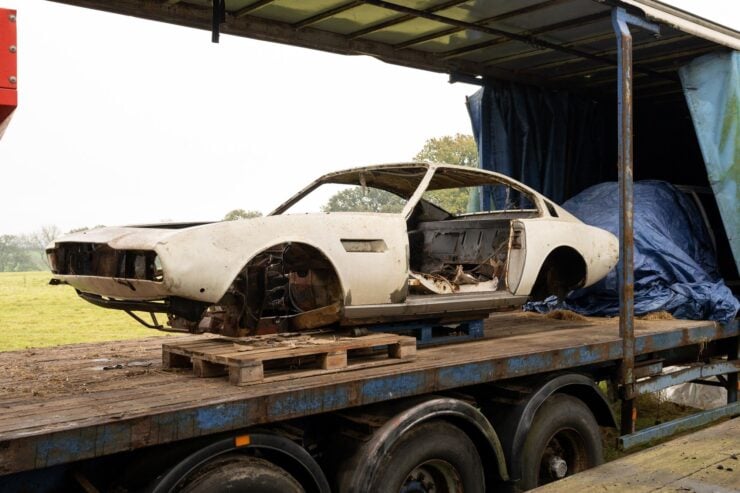
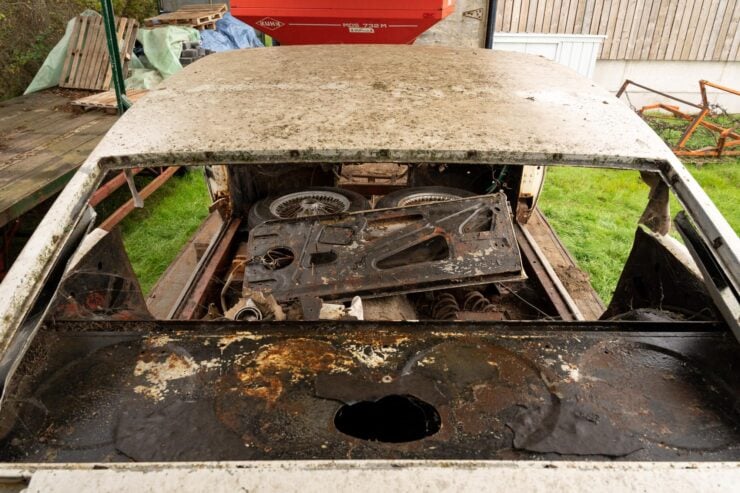
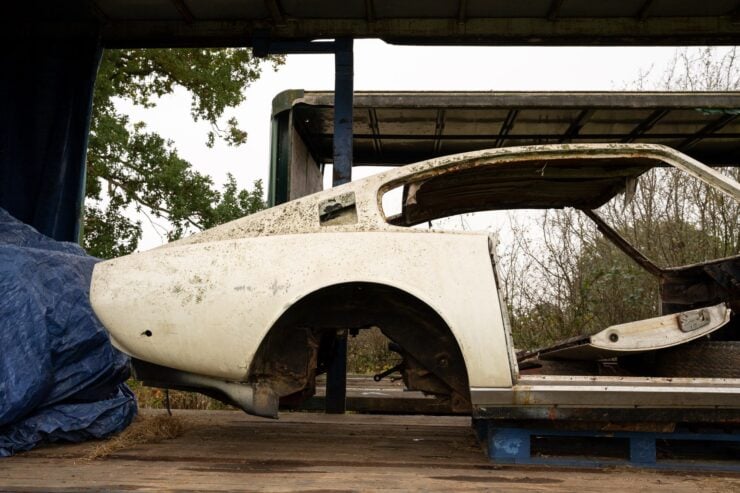
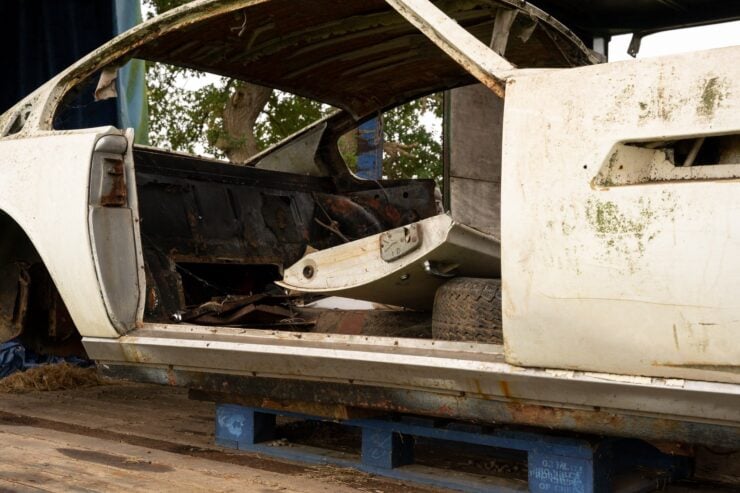

Images courtesy of Collecting Cars
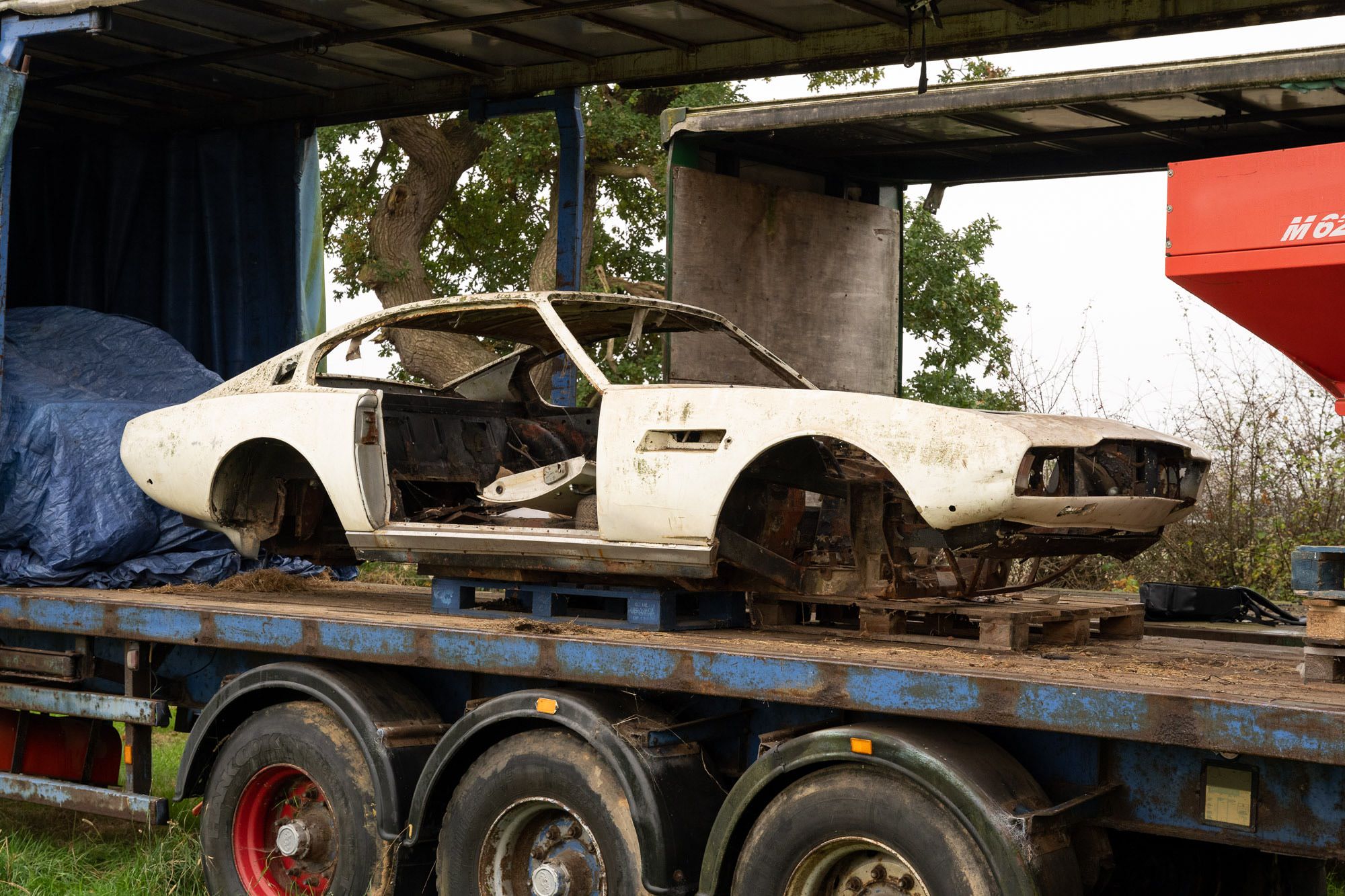
The post Project Car: A 1969 Aston Martin DBS – 40 Years In Storage appeared first on Silodrome.
from Silodrome https://silodrome.com/aston-martin-dbs-project-car/
via gqrds
